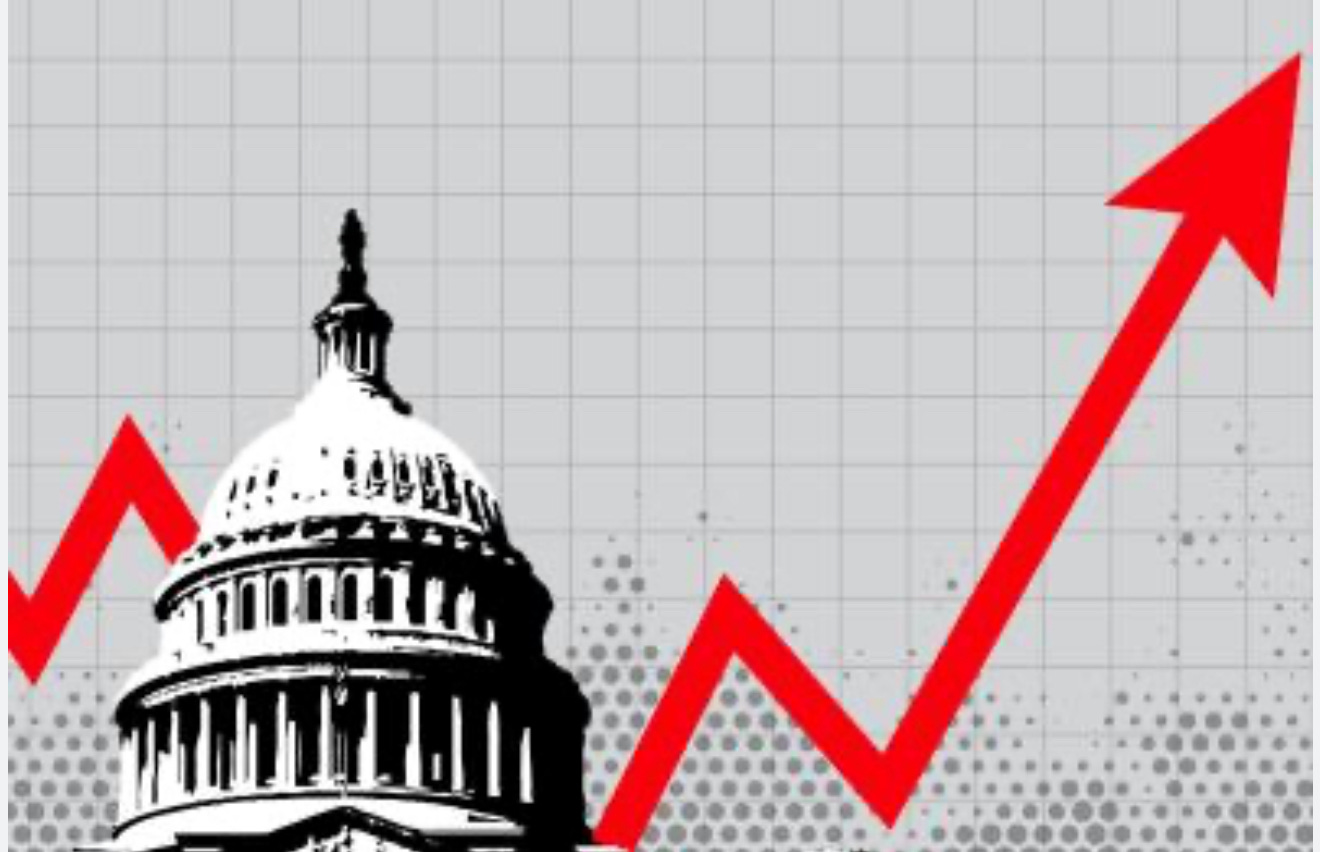They Govern Like Day Traders
When a sitting Congressman admits he’ll go broke without insider trading, it’s not a gaffe; it’s a glimpse into how broken Washington truly is.
Guest article by Michael Cohen. Follow his substack for more by clicking here.
Thomas Jefferson, a man of contradictions and brilliance, once warned, “If once [public office] becomes a job, it will become a corrupt job.” Now, Jefferson also believed some pretty damn warped things, but on this one, he was spot-on. And if you’re wondering how prophetic that warning really was, just look at Congress today. You’ll find a bunch of grifters playing dress-up as public servants, looting the system while waving the Constitution like a shield.
These aren’t public officials. They’re portfolio managers with voting privileges.
Let’s talk about the absolute audacity of it all. This week, Congressman John Rose, Republican of Tennessee—who, mind you, is supposed to be representing his district—was asked about a proposed stock trading ban for members of Congress. His response? “I’d go broke if I couldn’t trade.”
Let me say that again. A sitting member of Congress, whose entire job is to serve you, straight-up admitted that he relies on stock trades to stay afloat. Not his salary. Not a side hustle. Not even a second job flipping burgers. Nope. Insider-flavored Wall Street bets. That’s the lifeline.
And they wonder why the public thinks they’re all crooks.
It’s not just disgusting; it’s disqualifying. These people aren’t in office to govern. They’re in it to profit, and they’re not even hiding it anymore. They exploit confidential briefings, sector-specific regulations, and taxpayer-funded travel to pump their portfolios. They enrich themselves on our dime, with the shamelessness of a pickpocket blaming you for leaving your wallet in your back pocket.
Meanwhile, average Americans are drowning under increased costs of goods, student loans, medical debt, and rent hikes—but these guys are worried about not being able to buy Boeing stock after a closed-door Pentagon meeting?
Let me be blunt: they never want to leave because leaving means giving up access. Giving up the perks. Giving up the ability to move markets with a whisper and make a killing with a click. You think they cling to power because of some sacred duty to the republic? Get real. They’re clinging to the cash flow.
Jefferson saw it coming. He feared that once elected office became a career path instead of a call to service, the republic would rot from the inside. Today, that rot isn’t just visible; it’s metastasized. These people write laws with one hand and place trades with the other. And when we catch them, they offer nothing but smug shrugs and weak excuses. “I’d go broke” isn’t just a confession—it’s a damn indictment.
If you can’t survive in Congress without gambling on your own legislation, you don’t belong there. Period.
This is legalized corruption wrapped in a flag and sold to the public as patriotism. They’re not building a better future. They’re rigging the present for personal gain.
So when you see them resist basic ethics rules, remember: they’re not protecting democracy. They’re protecting their bank accounts. And if that doesn’t make your blood boil, check your pulse—or your portfolio. Because if they’re getting rich, someone’s getting screwed.
And spoiler alert: the people getting screwed? It’s us.





